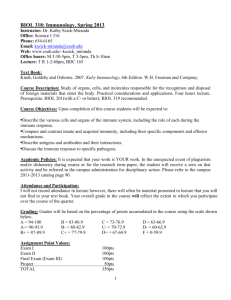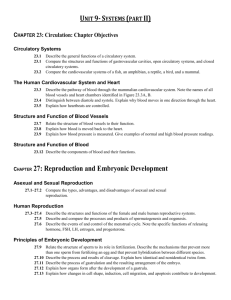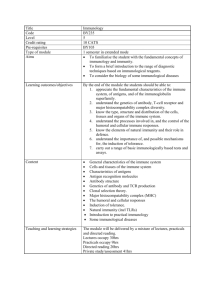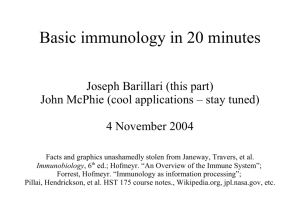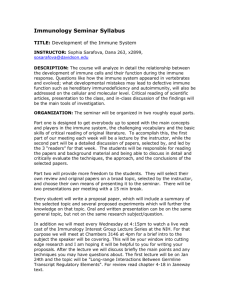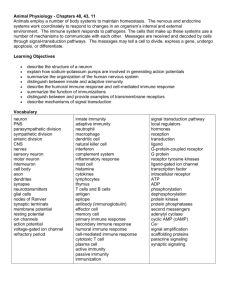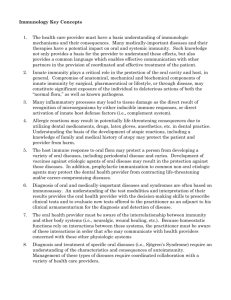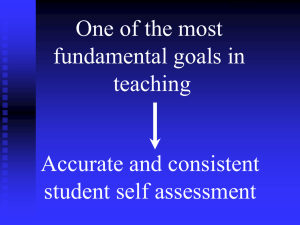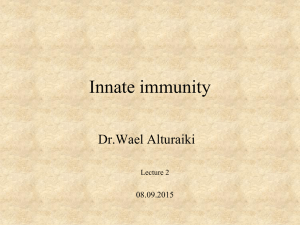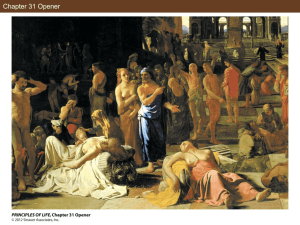Course: Innate Immunity – Microbiology and Immunology 104/204
advertisement
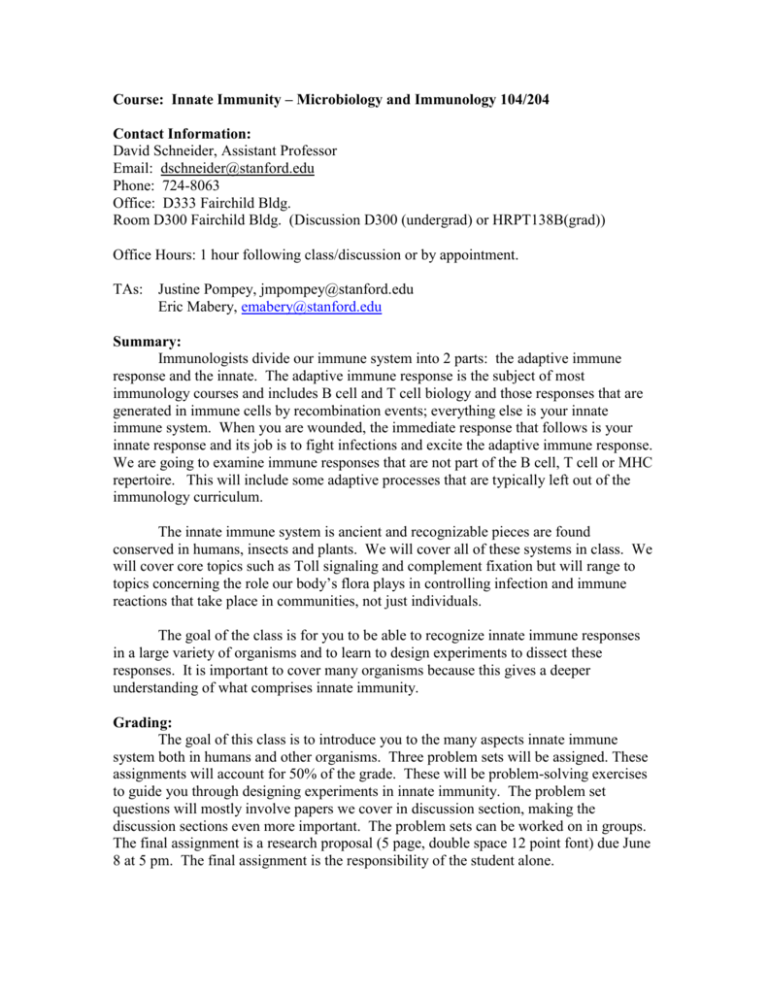
Course: Innate Immunity – Microbiology and Immunology 104/204 Contact Information: David Schneider, Assistant Professor Email: dschneider@stanford.edu Phone: 724-8063 Office: D333 Fairchild Bldg. Room D300 Fairchild Bldg. (Discussion D300 (undergrad) or HRPT138B(grad)) Office Hours: 1 hour following class/discussion or by appointment. TAs: Justine Pompey, jmpompey@stanford.edu Eric Mabery, emabery@stanford.edu Summary: Immunologists divide our immune system into 2 parts: the adaptive immune response and the innate. The adaptive immune response is the subject of most immunology courses and includes B cell and T cell biology and those responses that are generated in immune cells by recombination events; everything else is your innate immune system. When you are wounded, the immediate response that follows is your innate response and its job is to fight infections and excite the adaptive immune response. We are going to examine immune responses that are not part of the B cell, T cell or MHC repertoire. This will include some adaptive processes that are typically left out of the immunology curriculum. The innate immune system is ancient and recognizable pieces are found conserved in humans, insects and plants. We will cover all of these systems in class. We will cover core topics such as Toll signaling and complement fixation but will range to topics concerning the role our body’s flora plays in controlling infection and immune reactions that take place in communities, not just individuals. The goal of the class is for you to be able to recognize innate immune responses in a large variety of organisms and to learn to design experiments to dissect these responses. It is important to cover many organisms because this gives a deeper understanding of what comprises innate immunity. Grading: The goal of this class is to introduce you to the many aspects innate immune system both in humans and other organisms. Three problem sets will be assigned. These assignments will account for 50% of the grade. These will be problem-solving exercises to guide you through designing experiments in innate immunity. The problem set questions will mostly involve papers we cover in discussion section, making the discussion sections even more important. The problem sets can be worked on in groups. The final assignment is a research proposal (5 page, double space 12 point font) due June 8 at 5 pm. The final assignment is the responsibility of the student alone. Prerequisites Undergraduate and graduate students are welcome. A previous course in immunology would be helpful but is not required. Schedule: The class will consist of 12 lectures and 6 discussion sessions. Class will meet in D300 from 11am –12 noon on Mondays and Wednesdays. During discussion session we will take apart two recent papers in the field and propose the next round of experiments. The emphasis in discussion sessions will be on determining where to take this research next. April 2 1. Introduction. Tolerance and defense April 7 2. Inflammation April 9 3. Pattern recognition April 14 Discussion April 16 4. Toll signaling April 21 Discussion April 23 5. Plant immunity Problem set #1 due April 28 Discussion April 30 6. Microflora and immunity May 5 Discussion May 07 7. Barrier Epithelia May 12 Discussion May 14 8. Community Level Immunity Problem set #2 due May 19 Discussion Memorial Day – no class Discussion May 21 9. Adaptation in the innate immune system Discuss project with TA or Prof May 26 May 28 10. Macrophages and dendritic cells June 2 11. Neuroimmunity Problem set #3 due Research proposal due June 4

